Truthdigger of the Week: Nick Turse
The historian and author's new book about the Vietnam War reveals for the first time, in painstaking detail, the full atrocities committed by American forces in that country.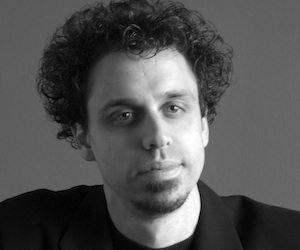
When the Rev. Martin Luther King Jr. derided the U.S. government for being “the greatest purveyor of violence in the world today” in an anti-war speech he delivered during the Vietnam War, the famed civil rights activist was met with a wave of vocal criticism.
Time magazine condemned the remarks as “demagogic slander that sounded like a script for Radio Hanoi,” while The Washington Post said that King had “diminished his usefulness to his cause, his country, his people.”
King had numerous reasons to voice his opposition to the war, including what he called “the more tragic recognition of reality … that the war was doing far more than devastating the hopes of the poor at home. It was sending their sons and their brothers and their husbands to fight and to die in extraordinarily high proportions relative to the rest of the population.”
The speech, delivered at New York City’s Riverside Church on April 5, 1967, ultimately became a lightning rod for criticism because it marked King’s public announcement of his opposition to the war. Keep in mind, too, that it came ahead of seminal events in the soon-to-be unpopular conflict, including the Tet Offensive and the My Lai Massacre, and also before CBS News anchor Walter Cronkite’s public denunciation helped turn the tide of public opinion against the war.
But King, who was assassinated a year after giving his “Declaration of Independence From the War in Vietnam,” would later prove to be correct — perhaps even more so than he imagined at the time.
It’s worth bringing up King’s denunciation of the conflict not just because of his recent birthday and Monday’s national holiday that marks it, but because of a new book out by historian and author Nick Turse that reveals, in painstaking detail, the full atrocities committed by American forces on Vietnam soil during the war.
In “Kill Anything That Moves,” Turse, for the first time, painted “an accurate overall picture of what physically was occurring on the ground,” writes journalist Jonathan Schell.
“Like a tightening net, the web of stories and reports drawn from myriad sources coalesces into a convincing, inescapable portrait of this war — a portrait that, as an American, you do not wish to see; that, having seen, you wish you could forget, but that you should not forget; and that the facts force you to see and remember and take into account when you ask yourself what the United States has done and been in the last half century, and what it still is doing and still is,” Schell wrote in his review of the book.
Among Turse’s revelations, which he derived from meticulously researching classified documents, Pentagon reports and court-martial records, and through conducting first-person interviews, is that commonly misheld beliefs, such as the My Lai Massacre being an isolated event, are flat-out wrong. According to Turse, horrific events like the one that happened in the village of My Lai — in which hundreds of unarmed Vietnamese women, children and men too old to fight were slaughtered by American forces who were commanded to “kill everything that moves” — weren’t aberrations, as has historically been recorded.
“Looking back, it’s clear that the real aberration was the unprecedented and unparalleled investigation and exposure of My Lai. No other American atrocity committed during the war — and there were so many — was ever afforded anything approaching the same attention,” Turse writes in the book’s introduction. “Most, of course, weren’t photographed, and many were not documented in any way. The great majority were never known outside the offending unit, and most investigations that did result were closed, quashed, or abandoned.”
He continues: “Until the My Lai revelations became front-page news, atrocity stories were routinely disregarded by American journalists or excised by stateside editors.”
Turse’s meticulously detailed book is the culmination of more than a decade of research, which began in June 2001 while he was a graduate student exploring post-traumatic stress disorder in Vietnam veterans. With the Vietnam War Crimes Working Group—a treasure trove of records that resulted from a secret Pentagon task force about My Lai, and something he stumbled upon by chance during his initial research—as his starting point, Turse was eventually able to locate other little-known or never-revealed documents about Vietnam War crimes. In addition to searching for investigation files at the National Archives, he submitted requests under the Freedom of Information Act, and also interviewed generals, top civilian officials and hundreds of Vietnam veterans all across America.
By piecing together all of this evidence, Turse came to the following conclusion:
Killings of civilians—whether cold-blooded slaughter like the massacre at My Lai or the routinely indifferent, wanton bloodshed like the lime gatherers’ ambush in Binh Long—were widespread, routine, and directly attributable to U.S. command policies.
And such massacres by soldiers and marines, my research showed, were themselves just a tiny part of the story. For every mass killing by ground troops that left piles of civilian corpses in a forest clearing or a drainage ditch, there were exponentially more victims killed by the everyday exercise of the American way of war from the air.
In Turse’s view, this—the side of Vietnam “that barely appears at all in the tens of thousands of volumes written about” the topic– is the real war. It’s the one that history textbooks have long glossed over, the one that shows My Lai as part of a dark and disturbing trend and not simply a one-off.
In short, this is exactly the war that King was talking about all those decades ago.
For revealing the true depth and scope of the atrocities committed during the war—and for proving, again and definitely, how right King’s condemnation of Vietnam was—we honor Nick Turse as our Truthdigger of the Week.
To read the introduction from “Kill Anything That Moves,” click here. To read Jonathan Schell’s review, click here.
Your support is crucial…With an uncertain future and a new administration casting doubt on press freedoms, the danger is clear: The truth is at risk.
Now is the time to give. Your tax-deductible support allows us to dig deeper, delivering fearless investigative reporting and analysis that exposes what’s really happening — without compromise.
Stand with our courageous journalists. Donate today to protect a free press, uphold democracy and unearth untold stories.

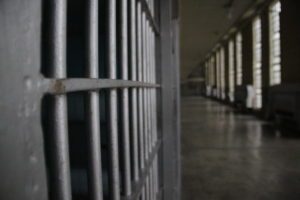
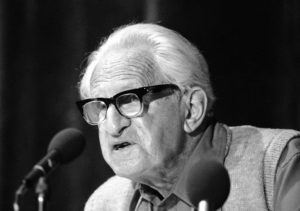
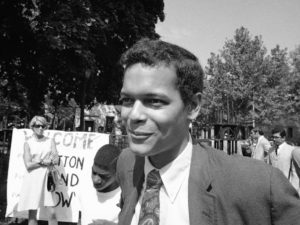
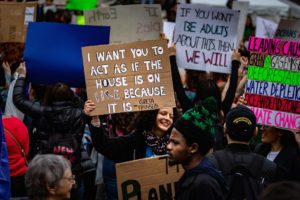
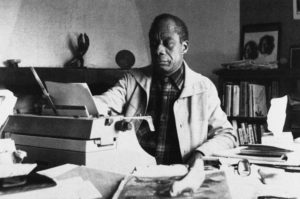
You need to be a supporter to comment.